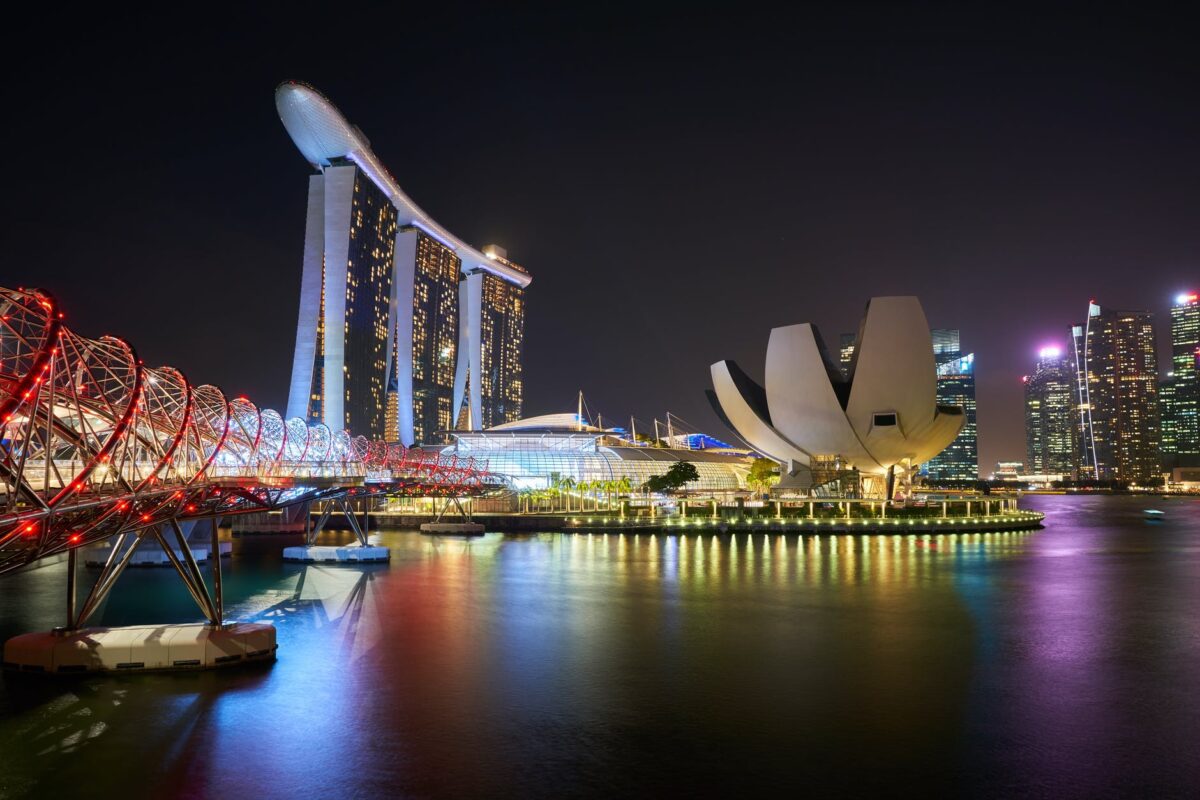Tag: singapore
-
Singapore’s war on drugs
-

NUTS
[…] But if there’s one thing I remember about Sim by, it’s his criticism of the Singaporean mindset. The No U-Turn Syndrome, or NUTS, was how Sim viewed how Singaporeans always required a rule base to get anything done. It’s referring to how in Singapore, u-turns are not allowed unless there’s a sign that allows…
-
Third Place
I guess that’s one thing that I do miss in Singapore: informal places that are affordable (almost everything here costs money) and that are not shopping malls (exactly what he mentions in the video). Sure, there are bars, but they are usually expensive and atas, and not the place people go for an informal chitchat…
-

The pandemic is over: kill the QR menu
The QR-code menu—which you access by scanning a black-and-white square with your smartphone—has taken off ever since. It may dominate going forward. But I hope not, because I detest those digital menus. Never mind dying peacefully in my sleep; I want to go out while sitting in a restaurant on my 100th birthday, an aperitif…
-

On the Beating of Children
[…] The story illustrates the level of violence we accept amongst children in otherwise non-violent societies, but it gets even worse: differing speeds of development lead to huge differences in size and strength, meaning bullying is often like getting picked on by a Shaq-like giant. […] Yes, in the developed world “corporal punishment” (literally “bodily…
-
Bakfiets
Wish this was an option in Singapore — sadly, driving a bike here is needlessly dangerous. But likely a viable mode of transportation when we move back to Europe.
-
Gecko
Using Van Der Waals force, geckoes are able to stick to pretty much any surface, including slippery windows. Their feet have millions of tiny hairs. Pretty damn cool — never thought about it (*) until Nerdland talked about it. (*) Singapore has a lot of geckoes. They are considered to be pests here… But I…
-

Singapore’s safety law
It doesn’t serve Singaporeans to have the government acting as our nanny, covering our eyes while clutching her pearls. When it seizes the power to decide whether the people are “reading the right thing,” it is depriving Singaporeans of opportunities to develop media literacy, exercise critical thinking, and become savvier navigators of online spaces. This benefits the…
-
Changing from a car-centric Paris to a cycling city
I’ve not been in Paris since 2015, I believe. Feel like I should probably pop-by again and see if it really changed that much. I remember it to be mostly one big traffic jam with all the 2 and 3 wheeled motorcyclists racing in between. It would be interesting to see if other major cities…


